Top Photo: Ripening persimmon.
There are many persimmon trees in and around our wetlands. The fruit is fast ripening. Much of the fruit will drop into the water. Fret not, fruit that plops into the water is not wasted. Our population of sliders in the wetlands will take care of whatever falls from the trees and into the water.
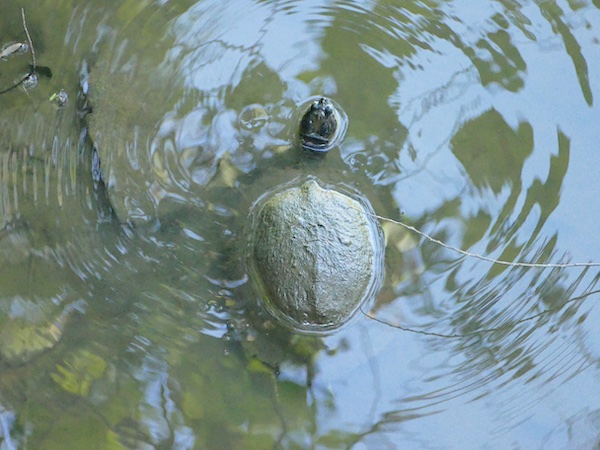
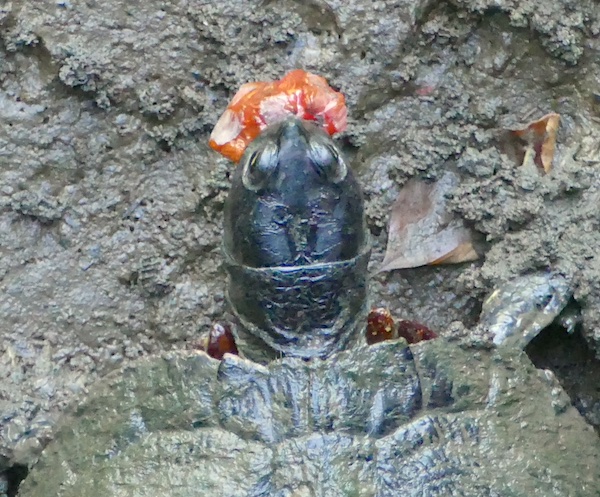
An interesting fact about persimmons, they make excellent catfish bait. There are no catfish in our pond but if you live near a pond or river that does have catfish, try persimmon as bait.
Another well represented plant in the wetlands is swamp rose. Its fruit, rose hips, are ripening as well but will most likely remain on the plant and be eaten by birds as they do.

A common dragonfly throughout the state and certainly here at the museum is eastern pondhawk. Here we have a male perched upon a leaf next to the floating walkway in the wetlands.

Another common blue hued dragonfly of the wetlands is the great blue skimmer. Pictured here, a male.

And yet another blue dragonfly is the much smaller and very common blue dasher. This one was photo’d from the rear.

Not entirely welcomed around the wetlands is a plant well known from southern lore, kudzu. It’s a non-native plant and is typically cut out of the landscape in these parts as soon as it rears It’s three lobed head, or rather, leaves.
Kudzu was brought to the states in 1876 at the Centennial Expo in Philadelphia. It is much disliked in most places that it occurs, crowding out native plants.
The plant has many useful qualities including various medicinal applications, as food (everything but the woody parts), and its vines can be used in making furniture. Despite all of these uses, its reputation for taking over the landscape and crowding out natives outweighs the good. We pull it up.
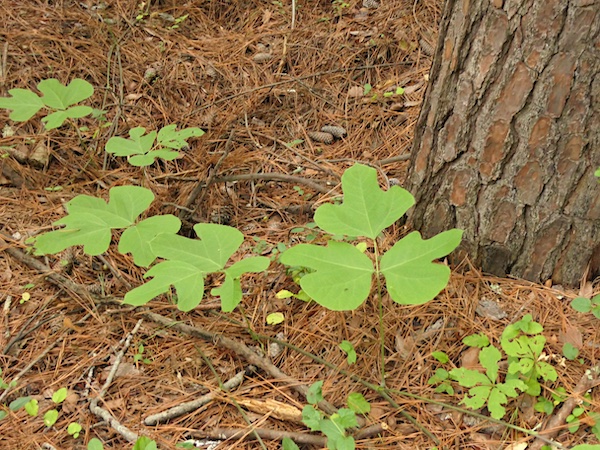
While walking through Wander Away exercising my senses, I spied a black, white, and orange stinkbug on one of the plantings along the quiet side path. Some stinkbugs are predatory, eating other insects of which many may do harm to plants in your garden. Other stinkbugs are plant eaters themselves.
The insect I was looking at is an invasive originating from Central America. It feeds on everything from horseradish, cabbage and other green leafy vegetables, potato, beans, fruit trees and a long list of others. It is the harlequin bug (Murgantia histrionic). Attractive yes, but destructive too.
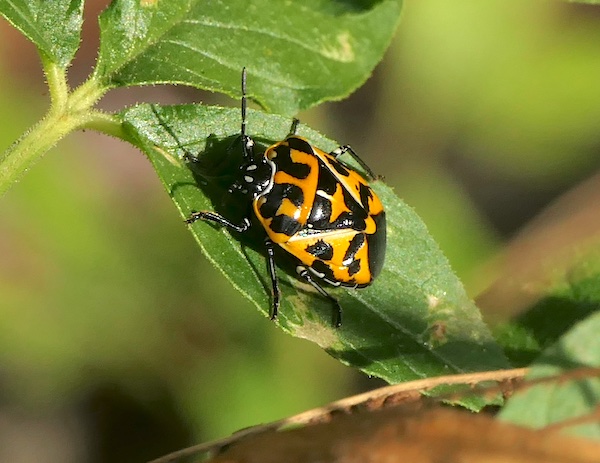

And finally, of all the turtles, yellow-bellied sliders get most of the press in our wetland. After all, they’re the most numerous species of turtle in the wetlands. But there are three other species, including red-eared slider (subspecies of yellow-bellied slider), eastern or common musk turtle, common snapping turtle, and eastern painted turtle.
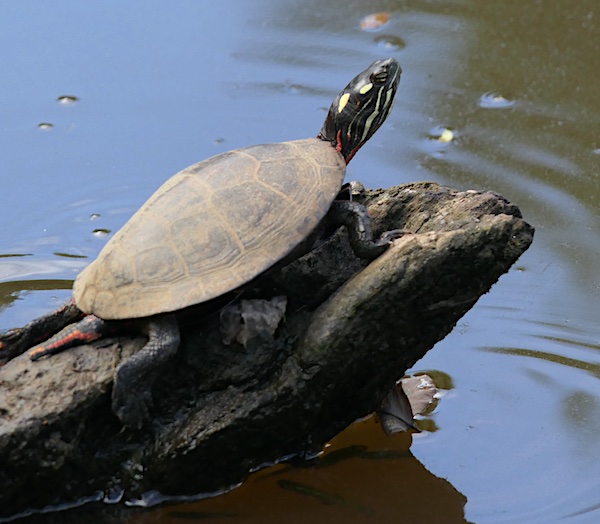
Fall is just around the corner. I can’t wait!
Ranger Greg